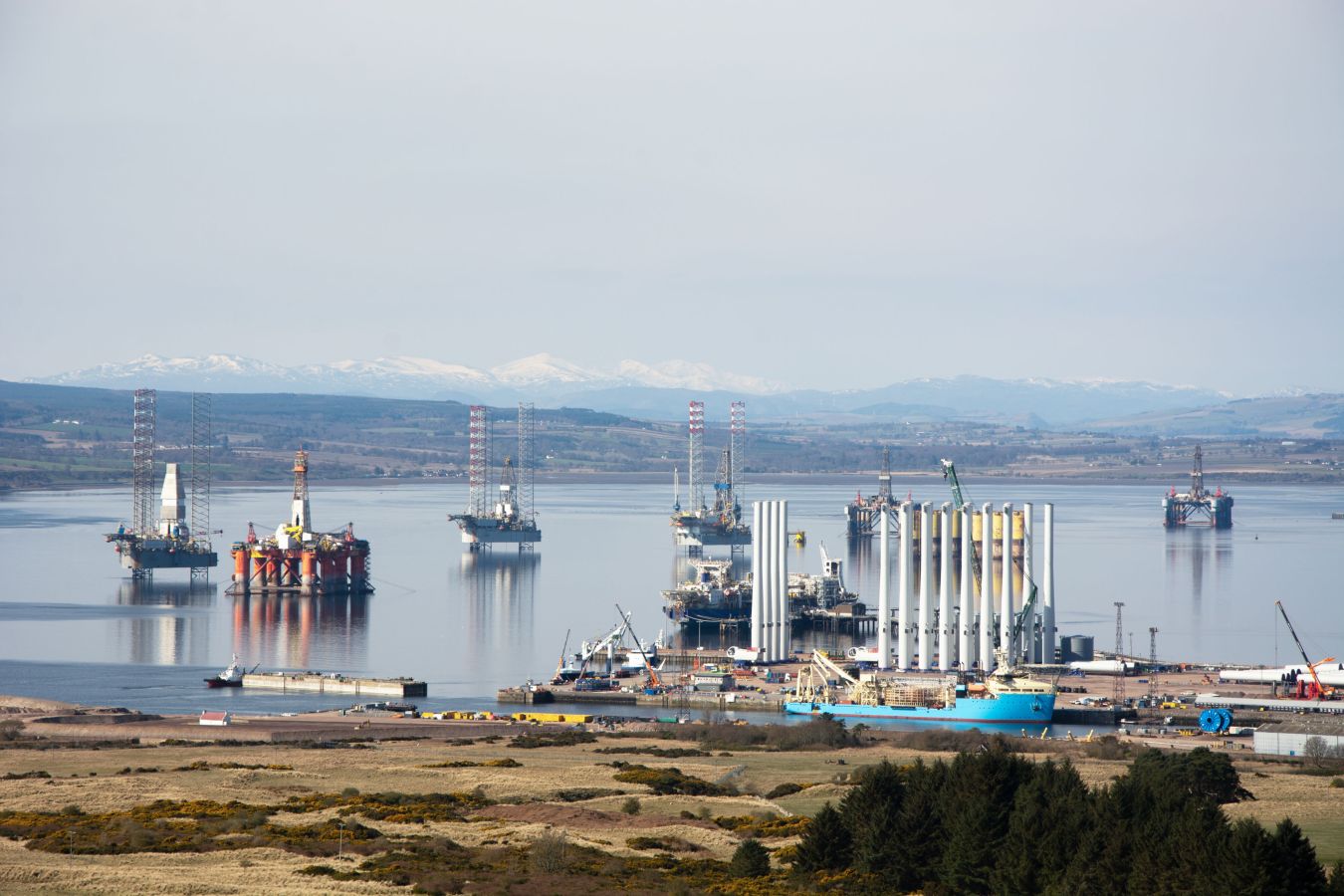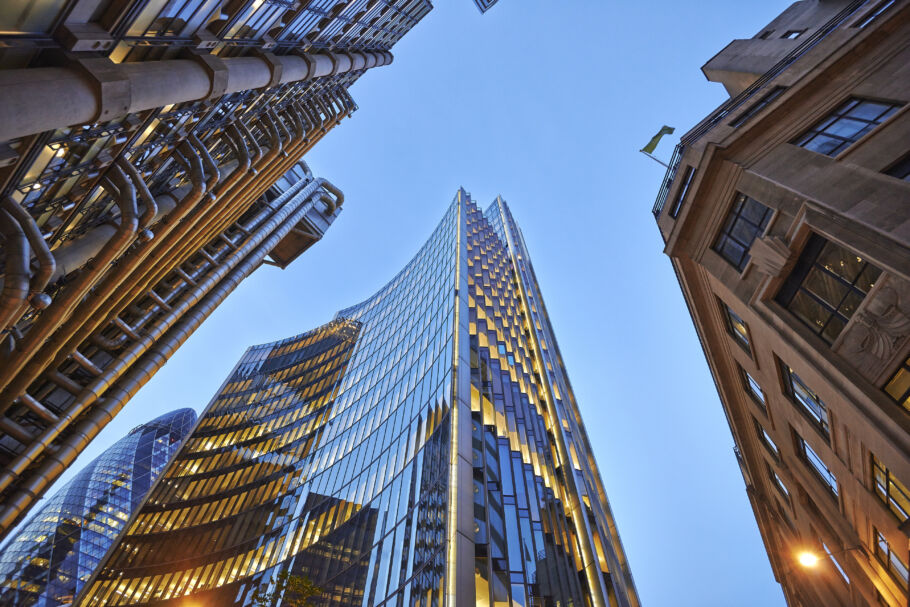
Date published: 8 February 2023
Ports review – cruise ships
It was a surreal and highly visible sight. Three ships belonging to the cruise line Azamara came sailing into the King George V Dock in Glasgow, to be laid up there for a year in 2020 as Covid wreaked havoc with the travel industry. When they finally sailed away again in 2021, hundreds of people lined the bank of the Clyde to see them go and wave them off. The cruise industry has since revived and the pandemic is now something of a memory, offering opportunities to Scotland’s ports to regenerate and grow their suddenly stalled cruise business.
Over the last two decades or so, cruising has increased in popularity and Scottish harbours have taken advantage of this. Not everyone wants to sail off to the sun and Scottish destinations have proved popular for culture and history voyages in particular.
Ports such as Greenock and Invergordon have become well established in this area of activity – not as destinations in themselves, but because they offer suitable anchorages convenient to tourist spots such as Glasgow, the Highlands and Edinburgh. They also have sheltered and deep water and can accommodate large vessels, including some of the biggest in the world.
The outbreak of Covid dealt the industry and Scotland’s ports business a major blow. “It basically became completely inactive”, explains Jamie Grant, Partner in our property and infrastructure team. “In 2022 the sector came back, though it’s not quite at pre-Covid levels yet. Lerwick in Shetland, for instance, has said that its business is about 30 per cent below what it was. This feels pretty typical of the whole Scottish cruise market.”
Other suitable Scottish docking ports for cruise liners include Leith (through lock gates) and Rosyth on the north bank of the Forth. Other Scottish cruise ports include Oban, Ullapool, Orkney, Scrabster – “people want to go and see the Castle of Mey, where the Queen Mother lived” – Aberdeen, Montrose and Dundee. Stornoway is another destination, and the harbour there is being expanded with a new deep-water quay, partly to accommodate the growing cruise ship business. When completed by 2024, it will be able to berth vessels up to 360 metres, making it the only port in the north west which can receive large ships.
The new terminal will be within walking distance of the centre of the town and is expected to deliver a major boost to the Hebridean economy. At Greenock, Peel Ports built a new dedicated cruise liner facility supported by the Glasgow City Deal that was almost finished just as Covid struck. It is now back in use and working to recover the investment made. Last year the terminal experienced its busiest year for cruises since the outbreak of the pandemic. At Scrabster in Caithness – the most northerly mainland commercial port in the UK – the St Ola pier has been redeveloped with additional berthing and quayside facilities constructed in order to attract and service the cruise sector.
Across the Pentland Firth in Orkney, there are plans to develop another quay facility at Hatston on the edge of Kirkwall, which is already the islands’ main cruise terminal. Despite the large sums invested in infrastructure development – the figure at Stornoway is about £50 million – Jamie Grant says that competition between ports limits the charges that ports can charge cruise vessels. The operators have a good number of ports to choose from, he adds, which means they are able to negotiate hard on pricing. “There’s nowhere that they absolutely have to go, so there’s quite a bit of competition to attract the ship in. They don’t pay absolutely top dollar, but nevertheless they do pay some dollars.”
Despite the huge trading difficulties caused by the outbreak of Covid, Mr Grant says that the cruise market is definitely on the way back. Growth, he believes, will gradually continue.
“Typically, in the past, people wanted to go cruising in the Mediterranean and other places that were warm. But there is now definitely a demand for going on cooler climate voyages.
“There is a lot of historic and cultural interest in northern Europe these days. Arguably people are also not flying so much now, either because they don’t like doing so or they think that it’s environmentally unsustainable.”
Scotland, he thinks, is well placed to tap into this demand for flying-free, culture-based holidays. “We’ve got castles, distilleries, trips to places like Skara Brae on Orkney, the Callanish stones on Lewis – places like that. There are many places of interest to see here.”
Scottish ports have recognised the potential of this market and are tapping into it. Cruising is an important part of port revenues in Scotland and is likely to continue to be so. Offshore wind is the biggest potential area of activity at present, but as Mr Grant says: “Ports make money in lots of different ways and cruising is one of them.”
To find out more contact us here
Sectors: Clean Energy, Energy and Natural Resources, Oil and Gas














